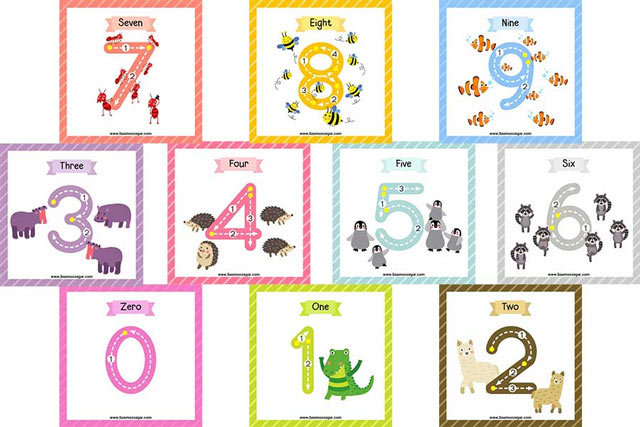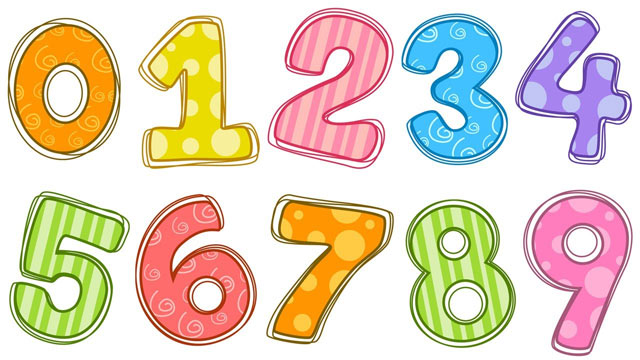Reading and writing natural numbers in Vietnamese can be tricky due to variations in pronunciation, but we’re here to help clarify. Natural numbers, including 0, 1, 2, 3, 4, 5, and so on, are an essential part of mathematics, and knowing how to express them accurately is crucial.
When it comes to reading natural numbers, it’s important to break down the digits into groups of three, creating “classes” that are read from left to right. For instance, the number 537,797,686 would be read as “five hundred and thirty-seven million, seven hundred and ninety-seven thousand, six hundred and eighty-six.” Understanding how to read three-digit numbers is key to mastering this skill and avoiding common mistakes.
Now, let’s delve into the specific cases you mentioned. For numbers ending in 1, there are two options: “mốt” or “một.” If the tens digit is 1 or less, we use “một,” as in 501 (năm trăm linh một). However, if the tens digit is 2 or higher, we use “mốt,” as in 891 (tám trăm chín mốt). This rule also applies to larger numbers, such as 689,121 (sáu trăm tám mươi chín nghìn một trăm hai mươi mốt), where the tens digit of the last three digits is 1.

Moving on to numbers ending in 4, the pronunciation again depends on the tens digit. If the tens digit is 1 or less, we say “bốn,” as in 6,704 (sáu nghìn bảy trăm lẻ bốn). But if the tens digit is 2 or higher, we use “tư,” as in 324 (ba trăm hai mươi tư). This rule adds a nuanced layer to number pronunciation, allowing for more fluid and accurate expression.
Lastly, for numbers ending in 5, the choice between “năm” and “lăm” hinges on the tens digit. If the tens digit is 0 or if the 5 is part of a larger group indicated by a name or the word “mươi,” we use “năm.” For example, 789,050 would be read as “bảy trăm tám mươi chín nghìn lẻ năm.” On the other hand, if the tens digit is between 2 and 9, we use “lăm.” So, 9,845 would be read as “chín nghìn tám trăm bốn mươi lăm.”
Mastering these rules will enable you to read and write natural numbers with confidence. Remember to practice and pay attention to the nuances, as they are key to fluency in Vietnamese mathematics.
Table of Contents
In mathematics, natural numbers, denoted as N, include 0, 1, 2, 3, and so on. They form the foundation of many mathematical concepts.
Reading Natural Numbers
To read natural numbers accurately, it’s essential to understand the class structure. Each class consists of three digits, read from left to right, combining the digit and class names. For example:
537,797,686
Million-thousand-unit
Read as: Năm trăm ba bảy triệu bảy trăm chín bảy nghìn sáu trăm tám sáu
Getting comfortable with reading three-digit numbers is key to avoiding mispronunciations and writing errors.

1. Numbers Ending in 1
For numbers ending in 1, there are two pronunciation options: “mốt” and “một.”
Case 1: When the tens digit is 1 or lower, we use “một,” as in 501: năm trăm linh một.
Case 2: When the tens digit is 2 or higher, we use “mốt.” For example, 891: tám trăm chín mốt.
This rule also applies when the tens digit of the last three digits is 1, as in 689,121: sáu trăm tám mươi chín nghìn một trăm hai mươi mốt.
2. Numbers Ending in 4
For numbers ending in 4, the pronunciation varies based on the tens digit.
Case 1: When the tens digit is 1 or lower, we use “bốn.” For example, 6,704: sáu nghìn bảy trăm lẻ bốn.
Case 2: When the tens digit is 2 or higher, we use “tư.” For instance, 324: ba trăm hai mươi tư. This rule adds a nuanced layer to number pronunciation.
Note: It’s also acceptable to use “bốn” when the tens digit is 2 or 4.
3. Numbers Ending in 5
For numbers ending in 5, the choice between “năm” and “lăm” depends on the tens digit.
Case 1: When the tens digit is 0, or when the 5 is part of a larger group indicated by a name or the word “mươi,” we use “năm.” For example, 789,050: bảy mươi tám nghìn chín trăm lẻ năm.
Case 2: When the tens digit is between 2 and 9, we use “lăm.” For instance, 9,845: chín nghìn tám trăm bốn mươi lăm.
Understanding these rules will help you read and write natural numbers with confidence.
Writing Natural Numbers
To write natural numbers correctly, follow these guidelines:
- Write numbers in classes from left to right.
- Within each class, follow the order of thousands, hundreds, and units.
When writing numbers based on their spoken form, identify the class and the number within that class. For example, “sáu mươi sáu triệu chín trăm mười hai nghìn ba trăm bốn mươi bảy” would be written as 66,912,347.
To write numbers in their standard form, follow the same structure: identify the classes and the numbers within them. For instance, the number 29,612,730 would be written as hai mươi chín triệu sáu trăm mười hai nghìn bảy trăm ba mươi.
































